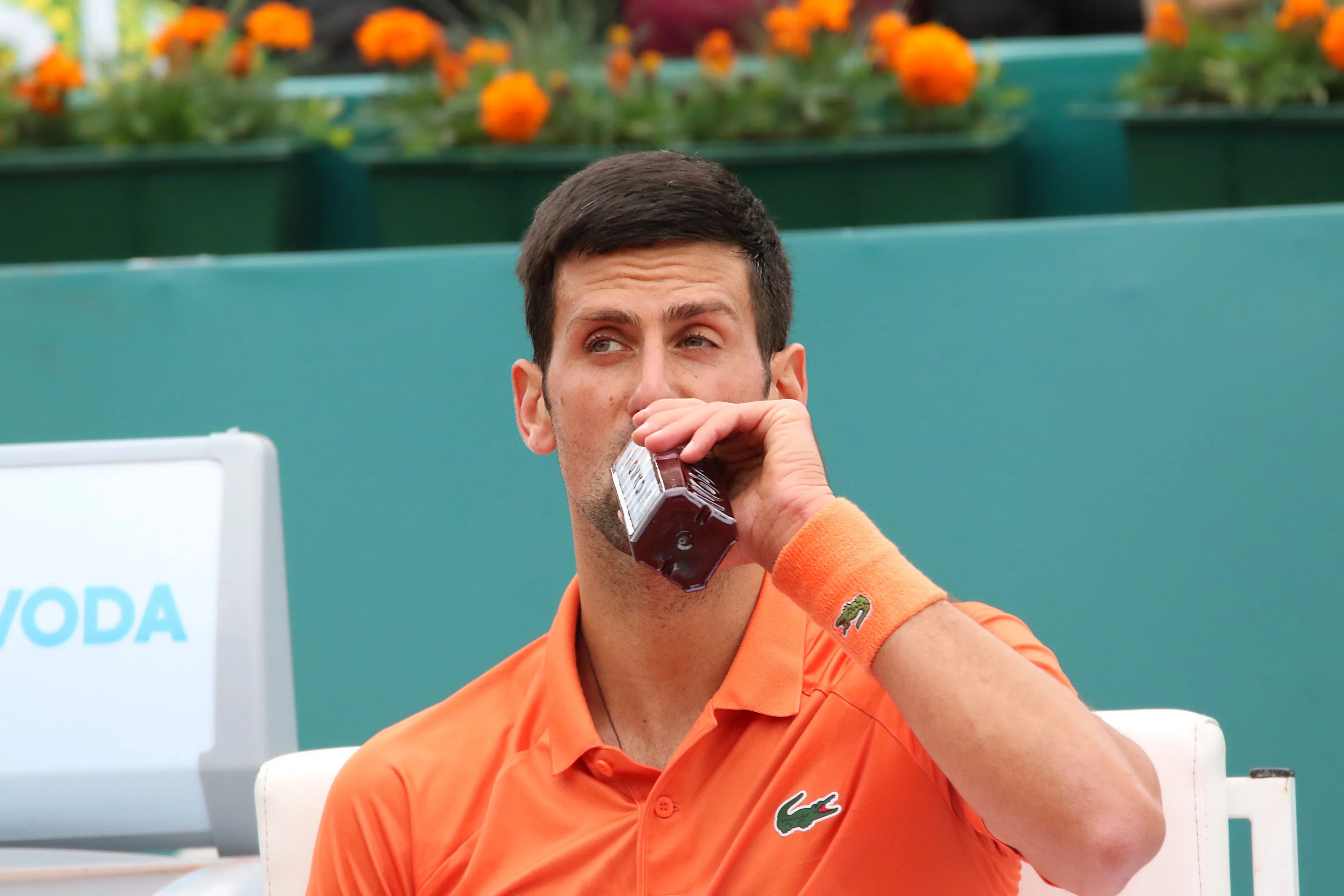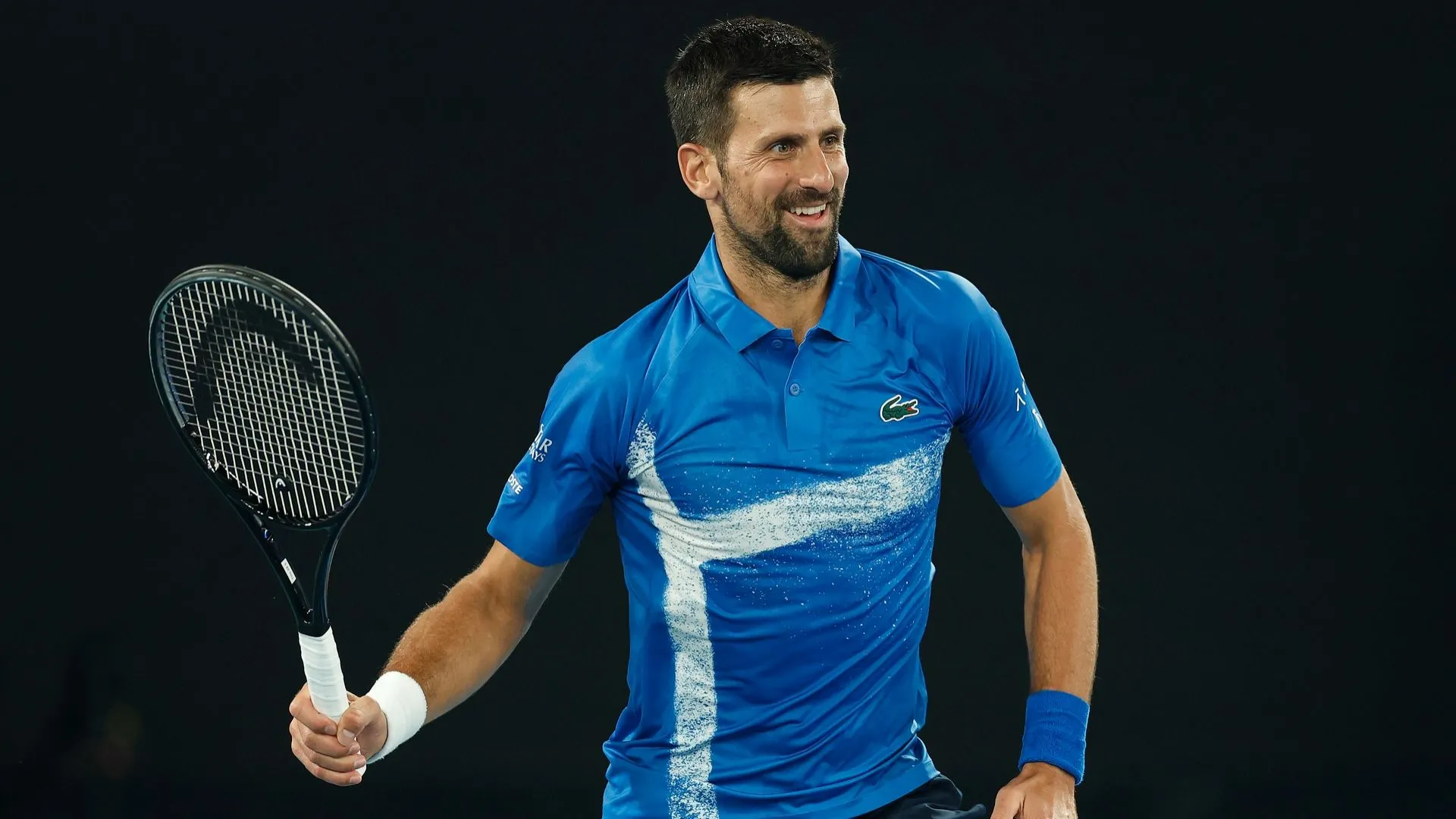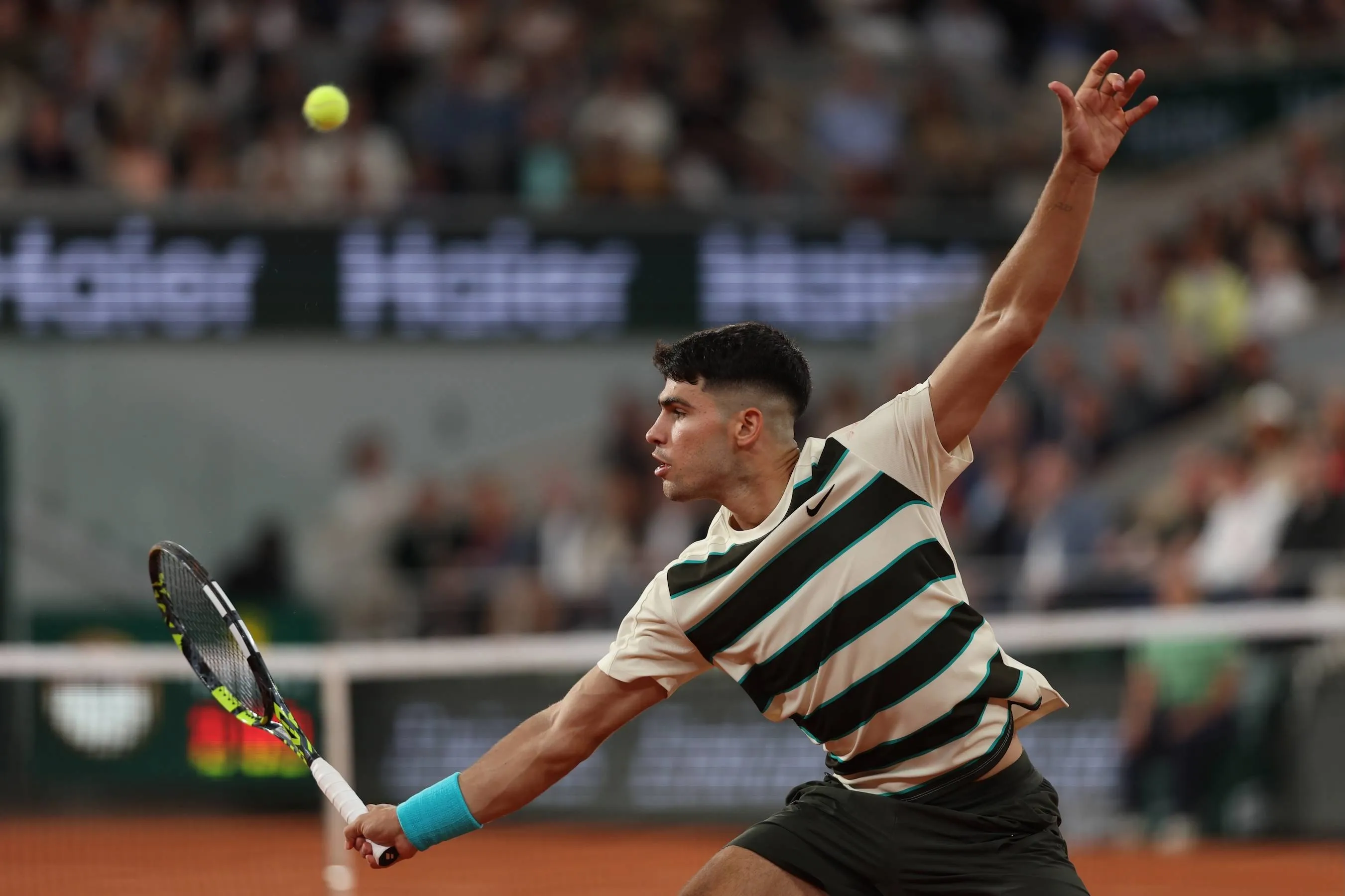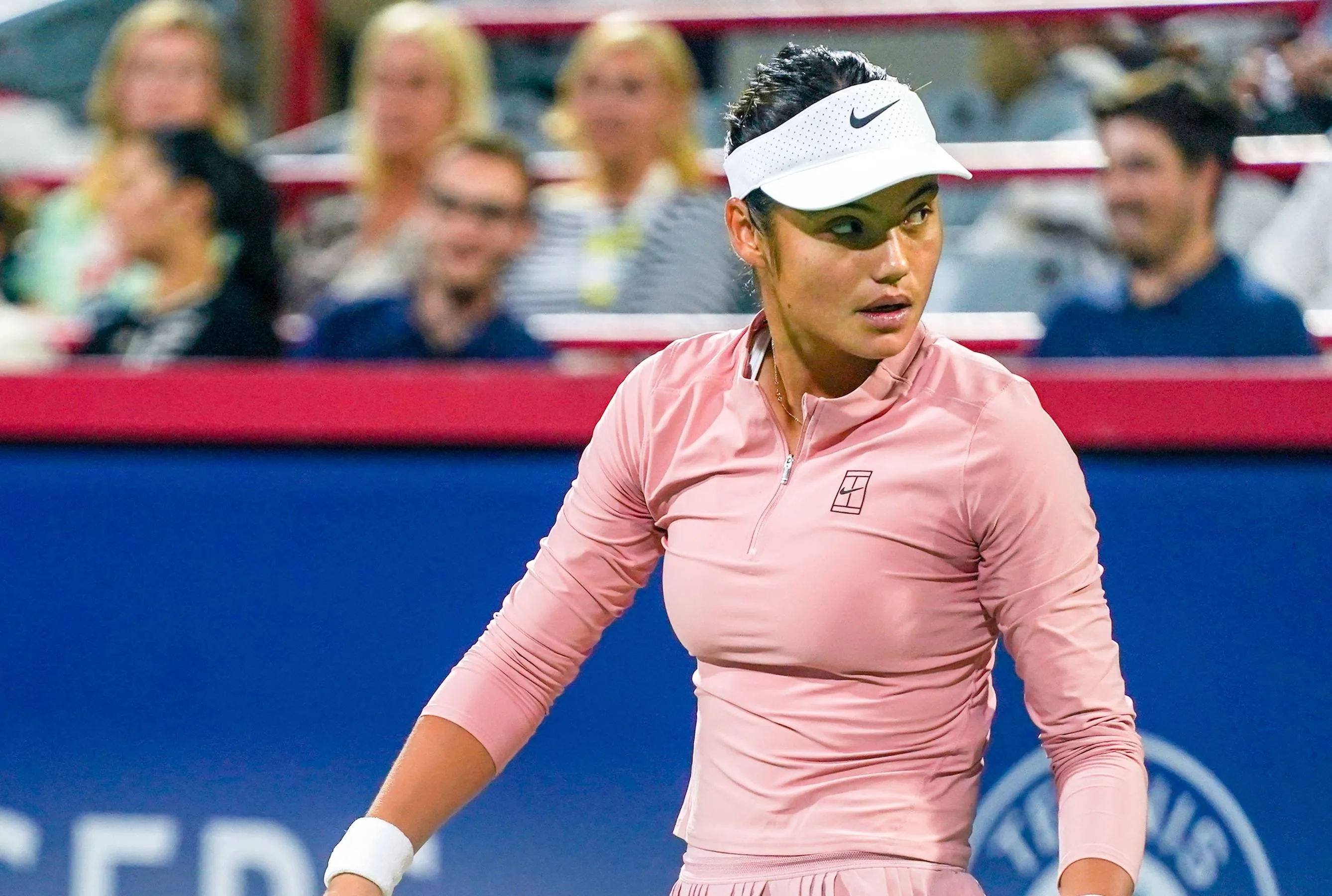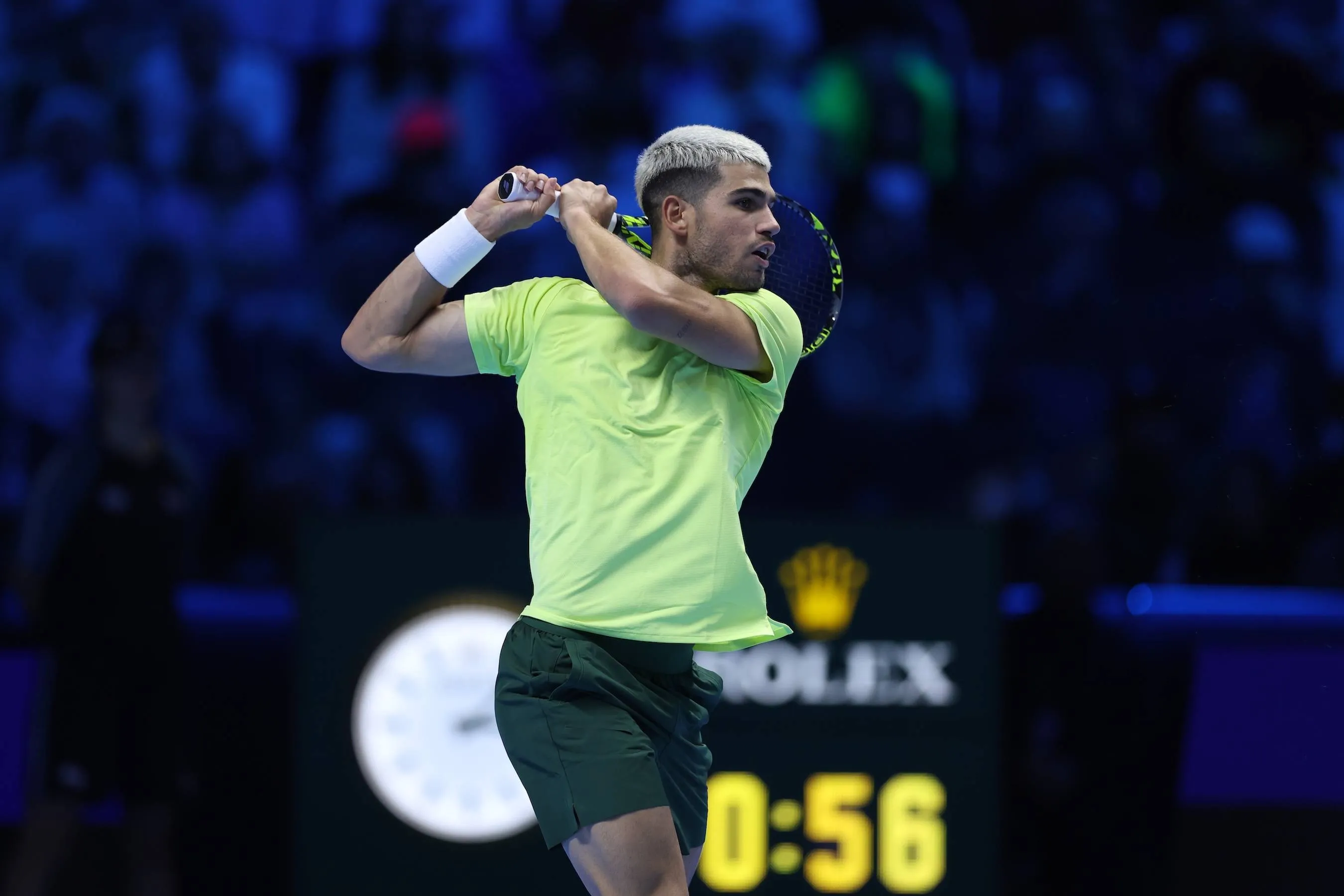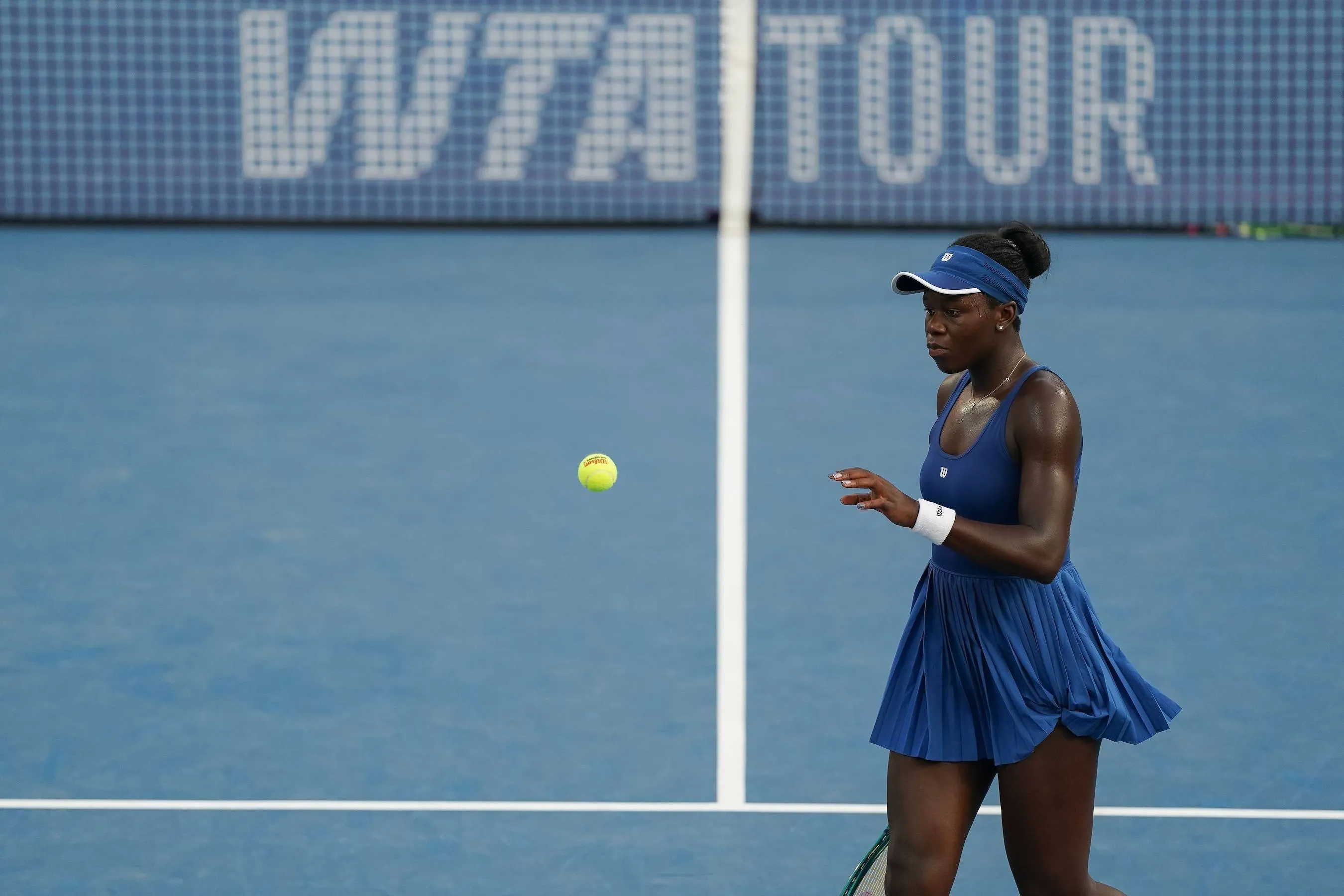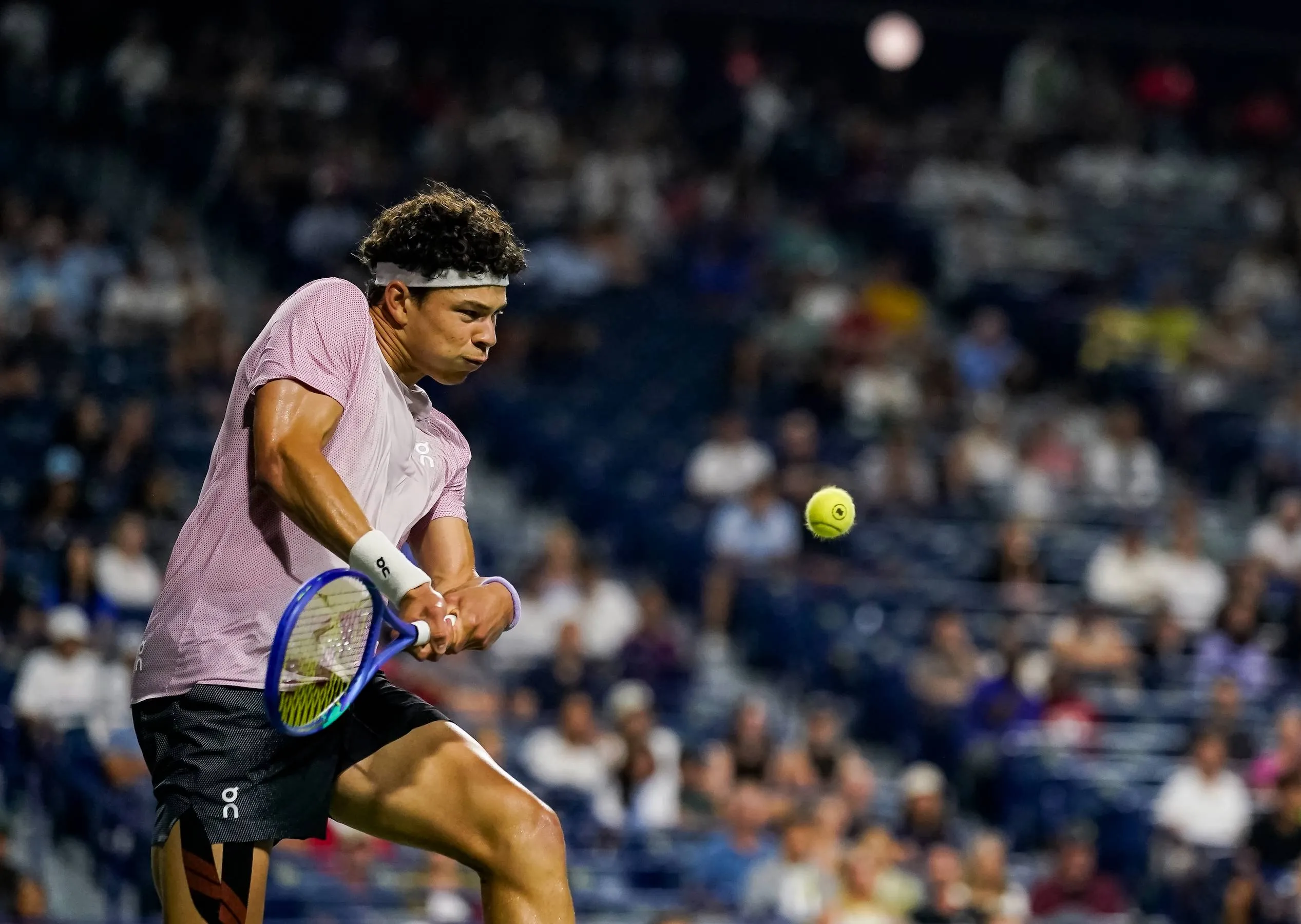Interesting Insight To How Many Bananas Would Be Consumed At 2024 Australian Open
TennisSunday, 14 January 2024 at 11:00
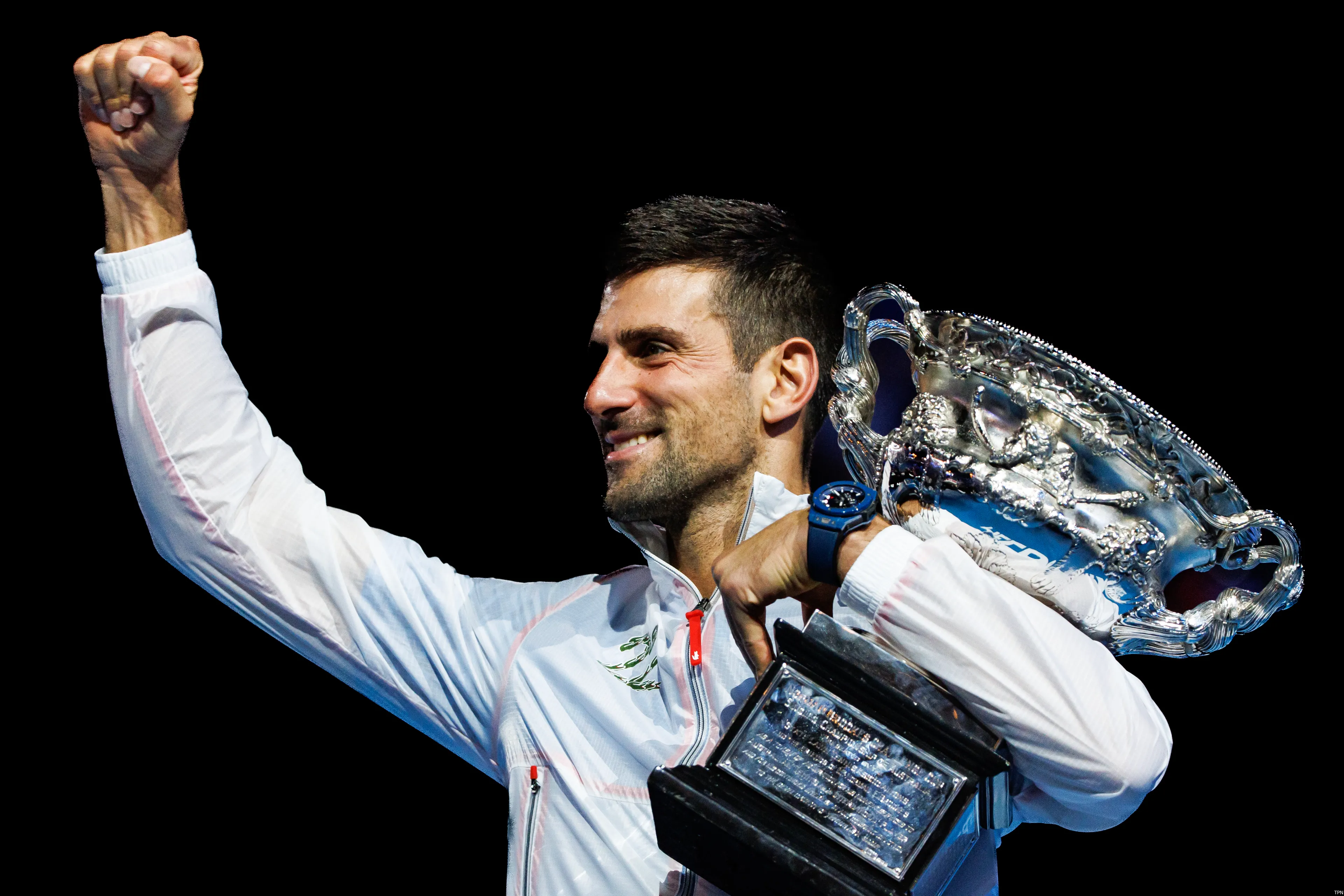
For players, a tennis bag is always meant to carry a list of their most important items to a match court, which includes a racket, strings, extra clothing, and even electrolytes.
But one of the most overlooked essentials is a mid-match snack, and for tennis players, their preference has always been a banana. According to a report in The Age, it is estimated that about 7,800 bananas will be munched and eaten at this year's Australian Open by players and staff.
Eating habits differ among tennis players; some have grown to hate the yellow fruit. However, it is a universally accepted reality that a banana has always been the snack of choice for a large number of tennis players because of its proven impact on performance.
Aside from productivity benefits, one of bananas' most appealing characteristics is that they are portable and don't require preparation. Tennis Australia's Jo Shinewell, who works as a national performance dietitian, states that the portability of bananas and the fact they can fit anywhere in a tennis bag makes it convenient for players.
Read also
"Number one, they are the most carbohydrate rich in comparison to all the other fruits, but they’re also portable and easy. They can put them in their tennis bag and take them on court rather than having to cut it up before. So there’s the portability of it as well."
Tennis players who cover at least two to three miles during a match running and striding the court are bound to experience mild to high levels of fatigue, and energy levels automatically drop between 60 to 90 minutes, according to Jo Shinewell.
The dietitian explains that bananas, which are rich in carbohydrates, would aid in topping up the depleted energy. The need for external fuel keeps growing as the match keeps getting stretched, particularly for a best of five.
"When you are [playing] for longer than 60 to 90 minutes at what we would call a moderate to high intensity, at that 90 minute mark, essentially based on research, your fuel levels are getting close to depletion. So, if you’re going to be going longer than that 90 minutes, you need to top yourself up with carbohydrate while you’re active."
"The longer you go, the more you’re dependent on the external fuel that you’re putting in."
Read also
Loading


